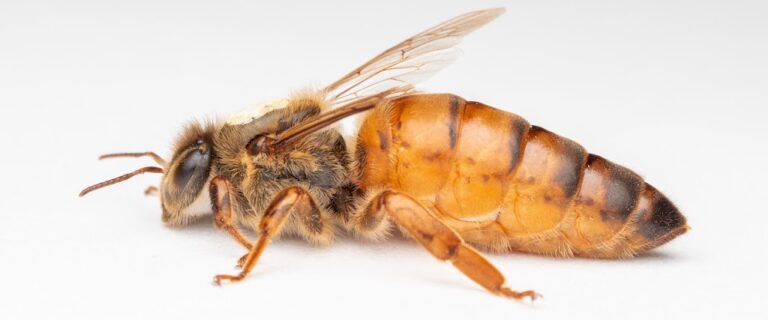The Beekeeping is an ancient art that has fascinated
its devotees since earliest times. Honey robbed
from wild colonies in trees & caves was early people’s main source of sweet food. Dominance of
honey the major sweetener continued until cane
and beet sugar became generally available in
comparatively recent times. Honey with its unique
flavors and aromas and natural origin still has
wide appeal. World production was estimated at
1,446 million pounds in 1976 and more than
1,415 million pounds in 1977.
In the United States about 200,000 people keep
almost 5 million colonies and produce 200 million
to 250 million pounds of honey annually. Beekeepers can be classified as full-time, sideline, or
hobbyist, with the number of colonies operated
by individual owners varying from one to 30,000.
Beekeepers derive income from the sale of honey,
renting of colonies for crop pollination, production
and sale of queen bees and packaged bees, and
to a minor extent, from the sale of beeswax, pollen,
bee venom, propolis, and royal jelly.
Problems and dangers confront the long-time
survival of beekeeping as a profitable agricultural
enterprise, and changing agricultural and land-use
practices threaten the survival of adequate
numbers of bees required to pollinate some 90
crops or more. As human population increases,
houses, factories, and highways replace open
fields of honey and pollen plants.
Clean cultivation of farmland and large-scale
monoculture reduce the sequence of wild plants
needed to provide bee food throughout the season.
Pesticides not only kill many bees, but bees also
cannot be kept in areas where pesticides are used
on a regular basis—such as near fruit orchards and
many cottonfields. The presence of nectar and pollen plants in adequate numbers throughout the
season is essential to prosperous beekeeping. In
the national interest, beekeeping must survive. If
it is to do so, it will need greater consideration than
it now receives in land-use planning, in the revegetating of disturbed land, in large-scale weed and
pest control programs, and in providing beekeeping
sanctuaries on State and Federal lands.
Crop pollination is more essential to agricultural
production than is generally realized. To maintain
an adequate pollinating force of bees in all parts of
the country, beekeeping must remain a viable,
prosperous industry. Beekeeping will survive in
strength adequate to our needs only if we can reverse the trend of recent years toward a deteriorating environment for bees.
The purpose of this handbook is to provide readers with a better understanding of beekeeping in
the United States. Itis not a beginner’s book in the
how-to-do-it sense, but it does provide the beginner
as well as the experienced beekeeper with a good
insight into the status of this small but essential
industry.
Dr. E. F. Phillips, one of the early leaders of
research in the U.S. Department of Agriculture,
said that more had been written about bees than
any living thing other than human beings. Books,
bulletins, and bee journals still provide evidence
that our fascination with bees and beekeeping continues unabated. Beekeepers of this generation
must try to make sure that we bequeath an environment in which bees may profitably be kept
by future generations.



